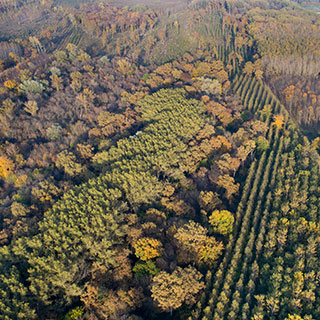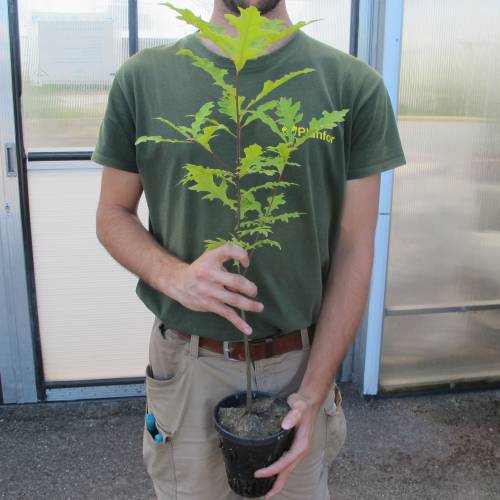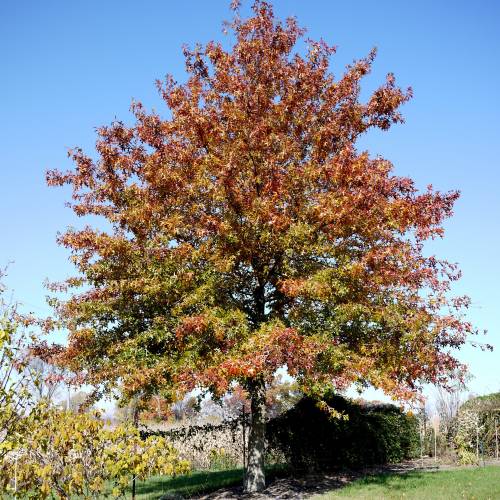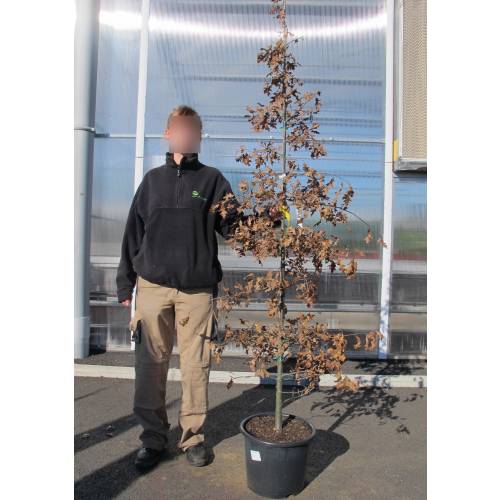
Plants
Oak, pin / Quercus palustris
-
72.28 € Pin oak - Quercus Palustris
1794N - Available
-
67.08 € Pin oak - Quercus Palustris
1794O - Available
-
61.88 € Pin oak - Quercus Palustris
1794n - Available
-
56.68 € Pin oak - Quercus Palustris
1794o - Available
-
39.50 € Pin oak - Quercus Palustris
1794Y - Available
-
16.12 € Pin oak - Quercus Palustris
1794T - Available
-
15.55 € Pin oak - Quercus Palustris
1794u - Available
-
14.51 € Pin oak - Quercus Palustris
1794U - Available
-
13.99 € Pin oak - Quercus Palustris
1794j - Available
-
11.96 € Pin oak - Quercus Palustris
1794R - Available
-
11.39 € Pin oak - Quercus Palustris
1794s - Available
-
10.35 € Pin oak - Quercus Palustris
1794S - Available
-
9.83 € Pin oak - Quercus Palustris
1794k - Available
-
5.72 € Pin oak - Quercus Palustris
1794J - Available
-
4.40 € Special Offer - 20%
1794m - Available
-
4.11 € Pin oak - Quercus Palustris
1794L - Available
-
2.55 € Pin oak - Quercus Palustris
1794f - Available
-
2.03 € Pin oak - Quercus Palustris
1794F - Available
-
1.82 € Pin oak - Quercus Palustris
1794W - Available
-
1.61 € Pin oak - Quercus Palustris
1794X - Available
-
1.51 € Pin oak - Quercus Palustris
1794D - Available
-
0.00 € Pin oak - Quercus Palustris
1794H - Request for quotation
-
Area of origin : Eastern region of North America.
Adult Dimensions : Height up to 30 m (98,4') and width up to 25 m (82').
Foliage : Deciduous.
Soil Type : Light, dry to wet. Dislikes lime.
Hardiness : Hardy to -28°C.
Exposure : Full light.
Properties and uses:
Very beautiful shiny green foliage becoming bright red in the autumn. A very beautiful tree in a park planted alone or in rows. The wood is a very high quality as is the red Oak. It is very good in forestry as it grows quickly for an oak.
Plant, or reforest Pin Oak, Swamp Spanish Oak, Quercus palustris – Foresters Guide
1) The Pin Oak, Swamp Spanish Oak (Robinia pseudo-acacia) is it suitable for my land? Despite its name, the Pin Oak or Swamp Spanish Oak is not considered a hygrophilic species, but rather a mesophilic species like the Red Oak. An eco-physiological study done in controlled conditions confirmed this aspect of its auto-ecology (Timbalet Lefebvre, 1995). On the other hand, empirical observations showed that the Pin Oak is more resistant to water logging than the Red Oak (Dreveret Belgrand, 1994).
2) Which planting density for my Pin Oak, Swamp Spanish Oak plot? (Quercus palustris)
The planting density is the number of plants planted in one hectare (acre). Here it means determining the initial number of young plants and to choosing their repartition in the available space.
The planting density is defined by the gaps in between the lines as well as the spacing in between each plant on a same line.
It is the basics of the silvicultural path which must lead to a final trees’ population of quality and to the fulfilment of the land’s owner set goals.
Advice: When choosing the density, think about the width of the tool which will allow the maintenance of the gaps in between the lines. The space in between the lines must allow clear passage for a tractor-drawn, maintenance tool.
For the Pin Oak (Quercus Palustris):
- Several options are possible. A normal density of 1200 to 1600 plants/hectare.
- A low density of 400 plants/hectare for enrichment or as a side species, in a parcel dedicated to resinous trees.
3) How to prepare the soil to plant Pin Oak, Swamp Spanish Oak (Quercus palustris)?
In Silviculture, working the soil is a key element in the success of planting. The root system of the tree must take rapidly where planted. Whether the work is done mechanically or manually, we recommend working the soil in its depth for optimum planting.
4) How to plant the Pin Oak, Swamp Spanish Oak (Quercus palustris)?
a- Receipt, storage and preparation of the plants before planting
- Upon receipt, place the crates side by side, on a flat surface so as there is no air circulation underneath. Choose a shady spot protected from wind;
- Maintain a good humidity level of the plants on the crates placed on the edges,
- Plan for the possibility of watering if planting is delayed or if the plants require water,
- In case of frost, do not handle the plants and if frost is forecasted for several days, place mulch on the edges.
b- Planting
Our team of professional planters use a planting cane to place the earth-balled plants in situ. This ergonomic, light tool allows quality, quicker planting work. It is also possible to carry out a traditional planting work using a pickaxe or a spade
In all case, you must:
- Dig a hole a little bit larger than the earth-ball ;
- Position it well in the hole;
- Cover it entirely;
Finally, the worker will tamp down the soil carefully with its foot. It is forbidden to press strongly or again to heel-butt the plant to avoid crushing the earth-ball and damage the root system of the plant.
Video on planting using a planting cane
Buy Planting cane
5) How to limit weeds on my Pin Oak, Swamp Spanish Oak plot (Quercus palustris) ?
During the first years, it is essential to eliminate all self-propagating plants. Not controlled they are going to be in competition with your plants and are going to deprive the young trees of the vital elements they require to grow (water, light and nutritional elements). You must therefore eliminate mechanically this unwanted competition until the trees are big enough to be able to dominate it.
Two types of operations are possible after planting:
Manual clearing around the plants
It is in fact acts often carried out using portable thermic Strimmers or billhooks to clear plants on a line or around the plants themselves.
Mechanical clearing of the space in between the lines
These actions are done using cutters and flail mowers, horizontal or vertical cutters, mounted on mini excavators or tractors. As a result, they cannot be undertaken outside the spaces available between the tree lines (seedlings or plants).
6) How to protect my young False Acacia plants from wildlife (Quercus palustris) ?
There is a necessity to protect the plot as soon as the population’s density of Cervidae (deer and roe deer in particular) risk leading to significant damage such as undergrowth of the plants or friction of the stems. Sometimes, the setting up of plants’ protection is also necessary as soon as the rodents’ population (rabbits, hares, coypu, voles...) are locally important.
3 types of protections are possible:
- Individual, mechanical Protections ( dissuasive netting, photo-degradable tubes,...)
- Protection by total wire-fencing of the plot,
- Protection by applying a repellent on each plant or on the borders of the plot.
Catalogue Protections against Game -
-

Christmas : Our selection of plants
201 products -

Current plants promotions
377 products -

Forest Tree Seedlings
53 products -

Free-range chickens
34 products -

Oak Trees
44 products -

Riparian forest
83 products -

Top Selling Plants
223 products -

Trees, Mature Trees
153 products -

Trees of Fall Interest
63 products
-












